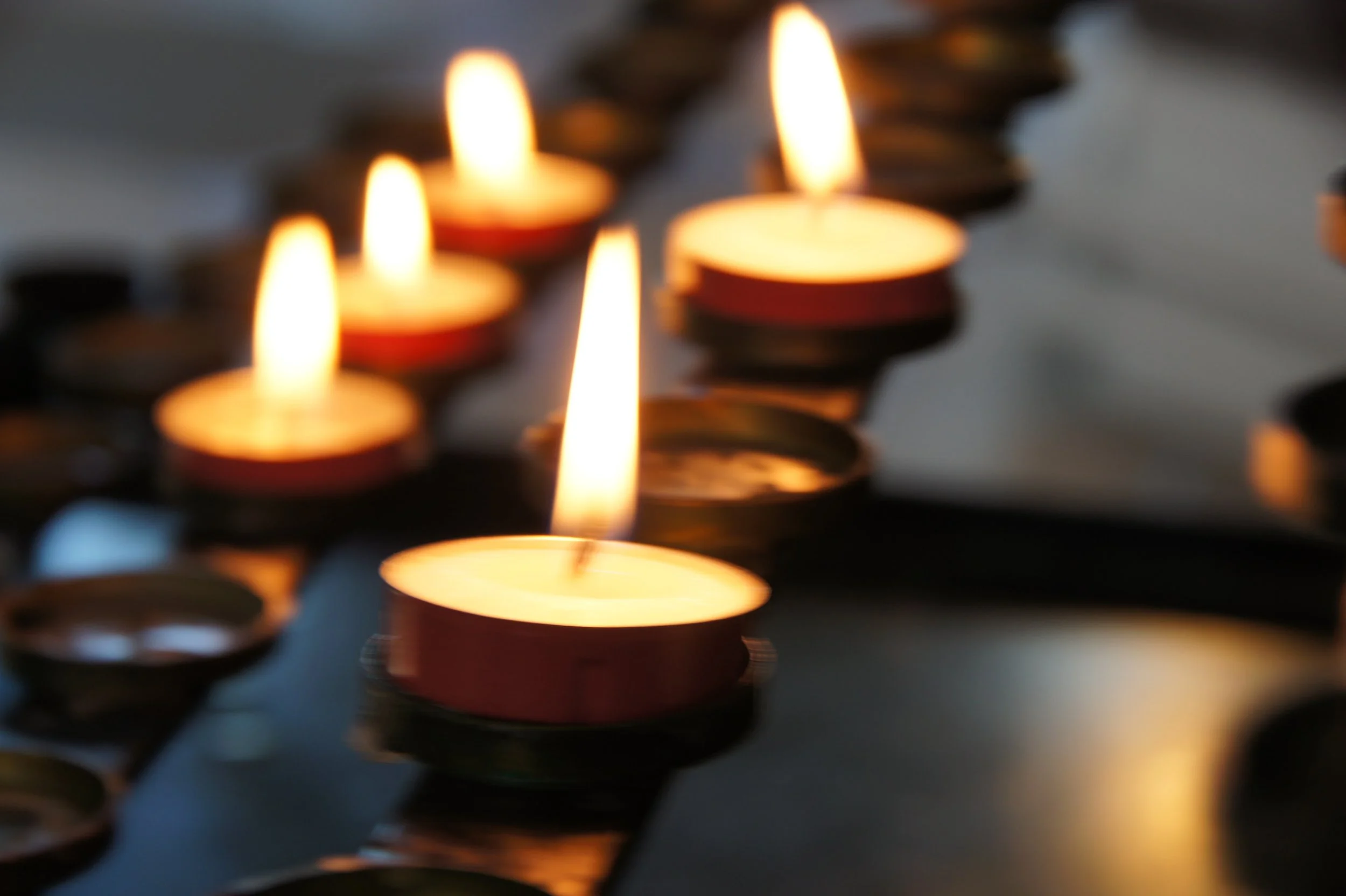National Mourning
We live in a society in which it is often very easy to hide from death but for ten days in September the whole country was engaged in memento mori. Thousands lined the streets and queued for hours so that they could get close to the mortal remains of the late Queen. They mourned the death of the monarch, many also grieved for loved ones whose funerals they were unable to attend during the pandemic and all of us thought about our own mortality.
William Caxton, who lived in the fifteenth century, was England’s first printer. One of his earliest publications was a manual entitled ‘How to die.’ It remained a best seller for two hundred years. In our own time, Rowan Williams, former Archbishop of Canterbury, has said that the Church has two main jobs: teaching people to pray, and teaching them to die.
Watching the Grenadier Guards bear the coffin of Her Late Majesty into Westminster Hall for the lying-in-state made me see the true value of liturgy and ritual in achieving these two core tasks. The ceremony began with prayer and ended with a cross.
As the coffin entered the building the choir sang Psalm 139 which is a beautiful and intimate prayer. It is honest, open hearted, faithful and humble. It speaks powerfully about a human life which is enveloped, held, and sustained by God from the womb to the tomb and beyond. This Psalm teaches us how to pray and how to die. It gives us words to say which bring us before God in all our weakness and mortality. By singing Psalm 139, the choir reminded us that Her Late Majesty Queen Elizabeth II is, when all is said and done, a beloved child of God and that, whatever you or I might achieve in life, this is what is most true of us.
At the end of the ceremony, after the blessing, a crucifer held high a cross which he carried to the dais on which the coffin rested. He walked alone, slowly, so that everyone’s gaze was now on the cross. Arriving at the coffin, he affixed the cross next to it. He then withdrew and we were left to contemplate the paschal mystery. The camera focussed closely on this symbol which invites us to trust that in Christ, God is no stranger to death.
How to pray and how to die. Spiritual directors have an important role in helping people to grow in these skills.
Questions to help you reflect:
What helps you to pray with honesty, trust and vulnerability?
How might the Psalms help with this?
How might you help directees to pray in this way?
How do you feel about the idea that spiritual direction can help people to learn how to die?
What experience do you have of addressing this in spiritual direction?
How might spiritual directors provide a context in which directees can speak about death?
Rev. Canon Trevor Mapstone
Trevor combines spiritual direction with serving in pastoral work. He has spent his life in encouraging others to grow in authentic, creative, nuanced, open-minded Christian faith. He trained on Encounter, is a year one tutor and is a passionate advocate of its style and approach.


